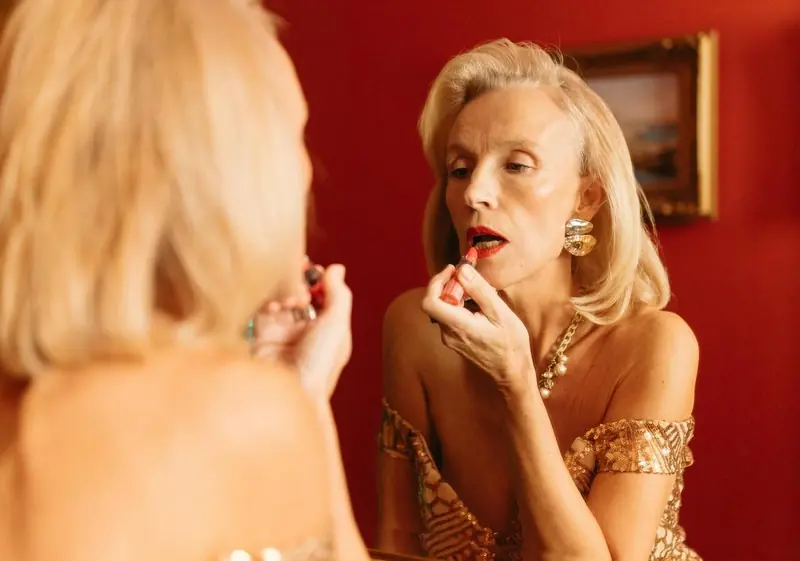
September 10th marks International Makeup Day. This celebration was initiated in 2016 by American makeup artist and beauty blogger James Charles, who recognized the importance of external beauty for inner harmony. As the ancient Roman poet Ovid noted at the dawn of the new era, “perfect faces are a rarity,” advising not to showcase flaws in the body and face if they can be concealed. For centuries, pencils, brushes, and paints have allowed not only artists to thrive; the use of aesthetic correction products has helped many considered to be the “fairer sex” become more successful and happier.
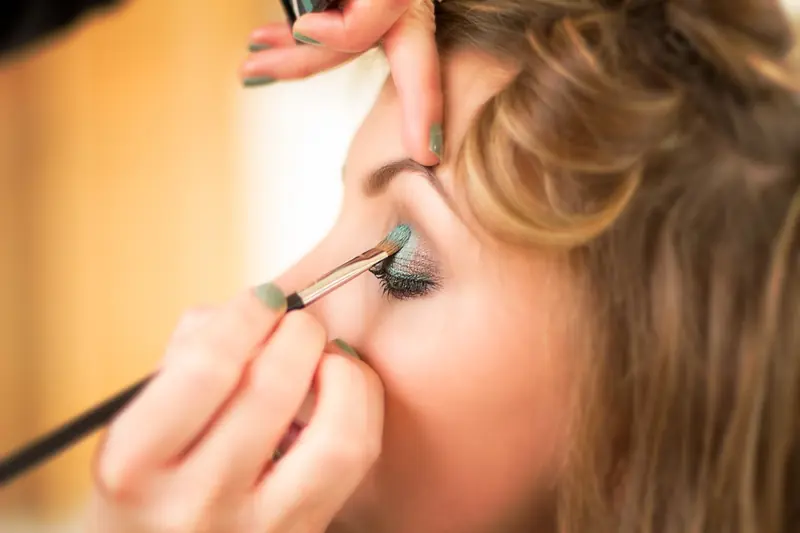
Your Own Makeup Artist
Makeup is the art of decorating the face with cosmetics. The French word maquillage translates to “makeup” or “cosmetics.” Similarly, the English term makeup comes from the phrase “to make up,” meaning “to assemble” or “to put together.” This term originated in the theater, where it referred to creating characters for actors. The purpose of makeup is self-expression, beautification, and camouflage (from the French camouflage meaning “to hide” or “to mask”). Makeup is not just about applying colors and strokes to the face; it also involves modeling, creating visual effects, and correcting shapes and colors.
Cosmetics can highlight beautiful features, conceal disproportions and flaws. With makeup, one can change their appearance, create a unique persona, enhance aesthetics, or achieve a more youthful look. As a developed and profitable industry, the decoration of skin, eyes, brows, and lips follows the same principles as it did at the dawn of civilization. The use of cosmetics has a millennia-old history, during which human perceptions of beauty have evolved, yet the basic materials for creating it have remained unchanged. They compensate for the color deficiencies of hair and skin, which arise from the combination of three natural pigments: melanin, carotene, and hemoglobin.
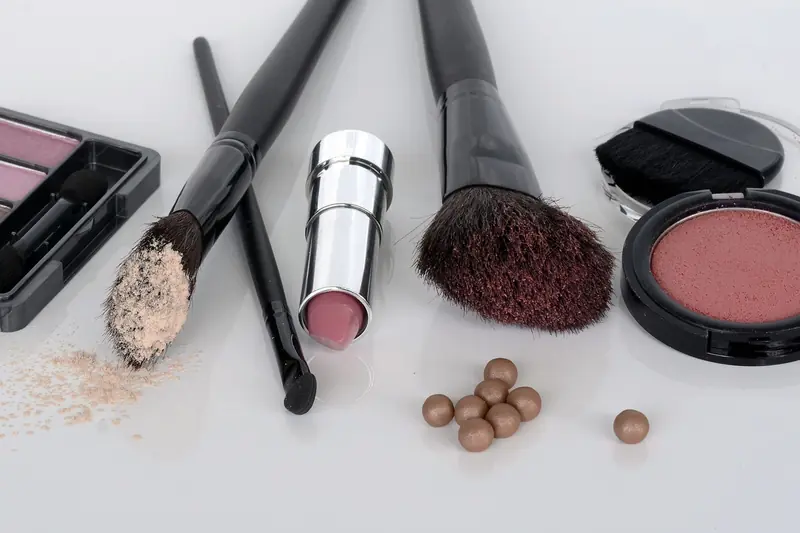
The History of Makeup
The lineage of cosmetics traces back to the early stages of human development when ritual face and body painting was performed to exert influence over the surrounding world. Indigenous peoples of Papua New Guinea, as well as the early civilizations of Mesopotamia and Egypt, used natural pigments. Excavations of caves in North America have revealed colored pigments estimated to be 100,000 to 150,000 years old, which scientists have dubbed “prehistoric cosmetics.” Ancient people across the globe used similar dyes for their faces, including charcoal, chalk, copper ore, yellow ochre, lapis lazuli, and manganese dioxide.
Makeup played a significant role in ancient Egyptian culture, where both men and women were familiar with it. Roman patricians were also noted for using cosmetics, even coloring their bald heads. As far back as 10,000 B.C., ancient Egyptians knew the components for moisturizing creams and produced paints for long-lasting makeup that adhered well to the skin. In tombs from that distant era, applicators, grinders, and palettes for mixing paints were discovered; ancient Egyptians could not imagine their lives—neither physical nor afterlife—without cosmetics and the tools for their application. The most famous contribution of the ancient Egyptians to the art of makeup was the invention of black eyeliner made from kohl.
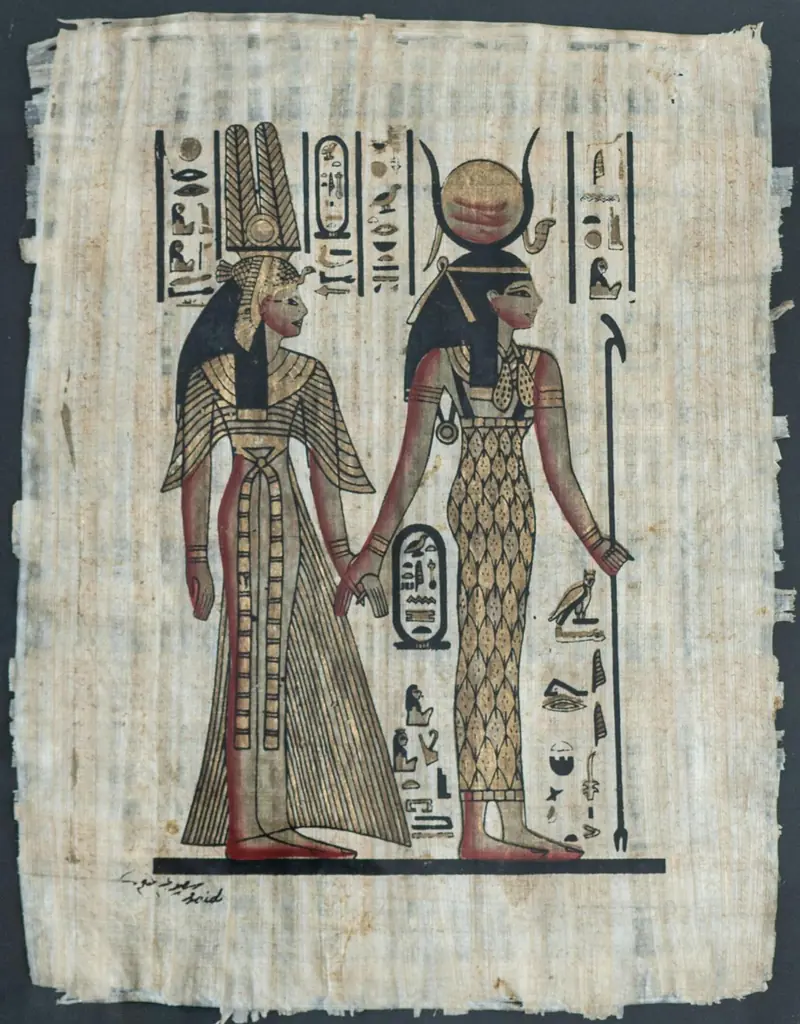
Vivid Associations
In 4000 B.C., women and men in the land of the pyramids painted intricate imitations of “cat eyes” with black pigment, a decoration that signified high status and wealth. Greek women would darken their brows and lashes with soot, give their cheeks a rosy hue with red ochre and local lichen dye, and apply malachite eyeshadow to their eyelids to awaken the “sun” gods Horus and Ra, who were believed to protect them from illness. Regardless of its purpose, ancient decorative cosmetics (expressive means of enhancing appearance—pencils, blush, eyeshadows, powders, mascara, foundation, and nail polish) were characterized by their vibrancy due to the use of natural pigments. Makeup is even mentioned in the Old Testament, where it recounts how Jezebel painted her eyelids around 840 B.C. The Book of Esther also describes cosmetic procedures.
In the 1st century A.D., women in ancient Rome applied red pigment from crocus flower stamens (saffron, which would later be traditionally used for blush) to their cheeks, brightening other areas of their faces with white powder. Ancient Roman women also painted their nails red using an animal stomach elixir (made from pig’s blood and fat). The first blush in the history of makeup and cosmetics was ochre sticks, resembling today’s stick blushes. Our ancestors obtained ochre by mixing iron oxide with fat. The natural carmine pigment was derived from the cochineal insect (oak gall), as well as toxic minerals: mercury sulfide and lead oxide. A safer method of obtaining carmine extract involved using parts of plants and their fruits: red amaranth, beets, dyeing alkanes, safflower, mulberries, or strawberries.
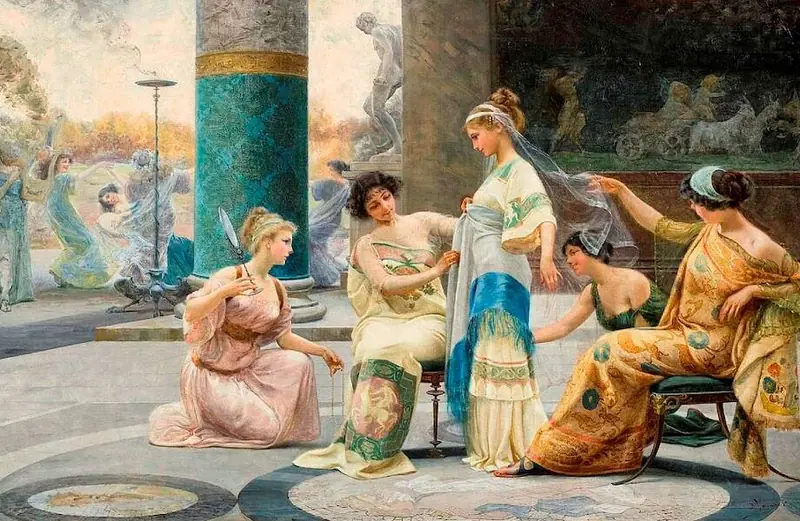
Protection and Well-Being
While women from the Han dynasty in China whitened their faces with mandarin peel powder, peach petal tincture, and melon seeds, Roman women in the 2nd century A.D. whitened their skin and removed freckles using wild melon roots. This was a step forward compared to the practices of their predecessors—the Greek women of the 200s B.C., who achieved noble paleness by rubbing their skin with lead pigment (toxic lead-based cosmetics were widely used until the 1800s). Discoveries of white powder in ancient burials from the 4th to 5th centuries in modern-day Iran revealed that both women and men used it as a foundation. Traces of red pigment were found on metal bowls that stored paint for cheeks and lips. Ancient Iranians applied it using familiar cotton pads.
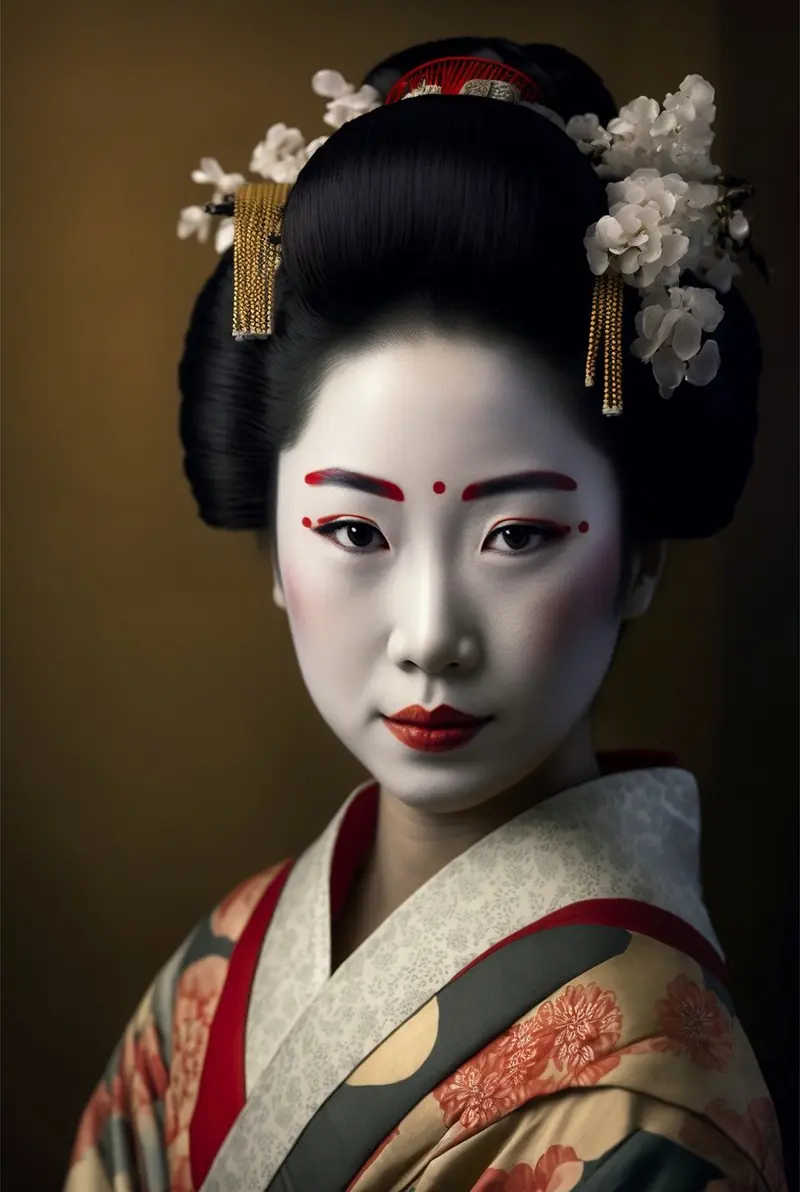
In the 8th century A.D., the art of body painting with henna spread from Africa and the Middle East to India. Patterns on the palms, feet, and neck have long protected Indian women from the evil eye and safeguarded their happiness in marriage. In Hinduism, married women traditionally draw a sacred “mark of truth” or “third eye”—the so-called “bindi” or “hindi” (translating to “dot” or “drop”)—in the center of their foreheads and on other parts of their bodies using sandalwood paste, clay, ash, or other substances. Like the wedding attire of an Indian bride, this dot is usually red in young women. All shades of red remain the most common color in makeup, carrying the same meanings across cultures—health, happiness, love, and passion. The cosmetic popularity of red pigment has a biological basis—it mimics the rush of blood. Bright red lips and rosy cheeks are characteristic of youth, radiating health. Red is the primary color used in theatrical makeup in Chinese opera and Japanese Kabuki theater.
From “Vamp” to “Cinderella”
Over 5,000 years, the traditions of facial decoration have hardly changed. Today, the classic staples of our cosmetic arsenal remain “patriarchal” makeup products: black eyeliner, black mascara, eyeshadow, powder, and color accents on the cheeks and lips. Types of makeup consider the time, place, and occasion for its use. It can be natural (the art of makeup is to make it look invisible), daytime, evening, cocktail, festive, bridal, halal (Muslim women must adhere to Quranic prescriptions), and special (military camouflage is used by soldiers, hunters, fishermen, or sports fans). Fashion trends in makeup evolve every decade, a process intensified by the advent of factory-produced cosmetics in the 20th century.
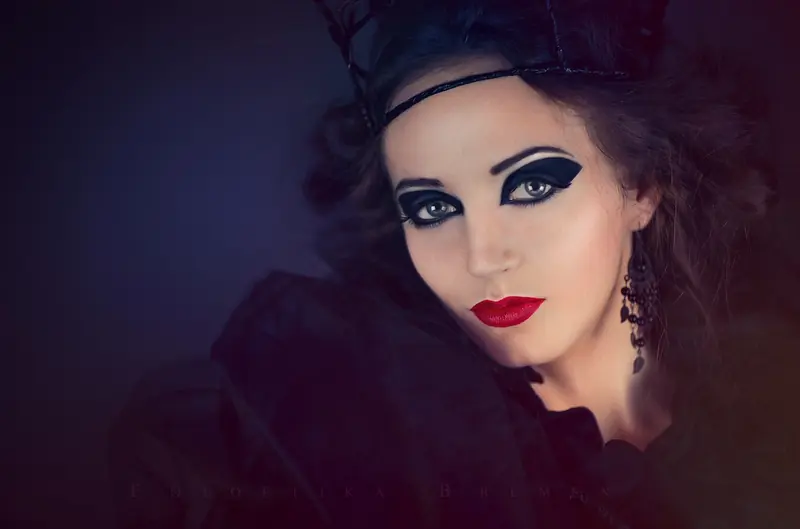
During World War I, women used makeup sparingly (as men were at the front), but in the 1920s, with the liberation of the “weaker sex,” the “vamp” look burst onto the scene—characterized by bold eye makeup, dark eyelids, and burgundy lipstick. In the 1930s, cosmetic fashion shifted again towards aristocratic restraint, retaining the bold eyes of the previous decade while softening the intensity of the lips. Subsequently, makeup trends were dictated by fashion runways, glossy magazines, and Hollywood. From the 1960s onward, a “good taste” rule emerged: to emphasize either the lips or the eyes. To convey innocence, women of that era preferred to highlight their eyes, making their faces appear younger. This trend periodically resurfaces, with the main direction being a fashion for natural beauty with “invisible” makeup.
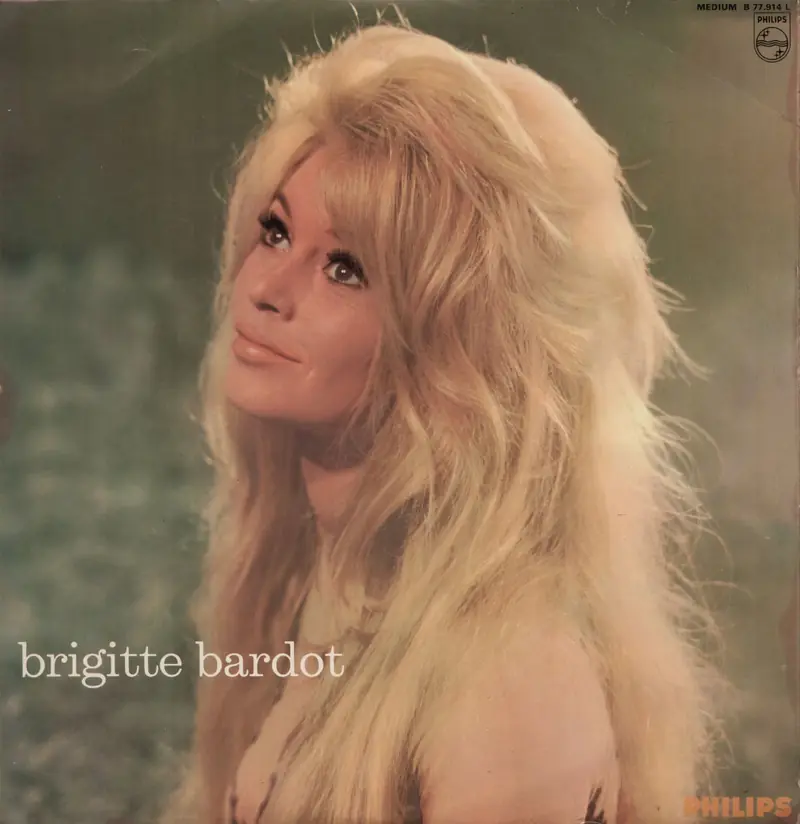
Enforced Femininity?
Along with the rapid rise in the accessibility and popularity of cosmetics, there has periodically been a wave of resistance against “institutionalized deception.” While the initiative for protests against makeup in the 1920s came from feminists who viewed it as a “tool of oppression” that subjected women to arbitrary societal standards, criticism of cosmetics later emerged from various quarters. Voices against makeup came from women’s rights advocates (who condemned “enforced femininity”), animal rights activists (who protested against testing cosmetics on animals), doctors (psychotherapists even studied the link between makeup use and split personality—schizophrenia), religious groups, and even “deceived men.”
In 1968, during the Miss America pageant, feminists protested against cosmetics as “weapons of female torture,” while in the 1990s, representatives of the so-called “lipstick feminism” rejected any restrictions related to makeup use. Despite the long history of cosmetics, societal perceptions of it remain ambiguous. Just a generation ago, makeup was strictly prohibited in schools, and high school girls could only dream of the freedom their daughters and granddaughters would soon enjoy. Now, stores even have dedicated sections for teenage and children’s cosmetics, which are not as harmful for young ages as adult lines for mature skin.
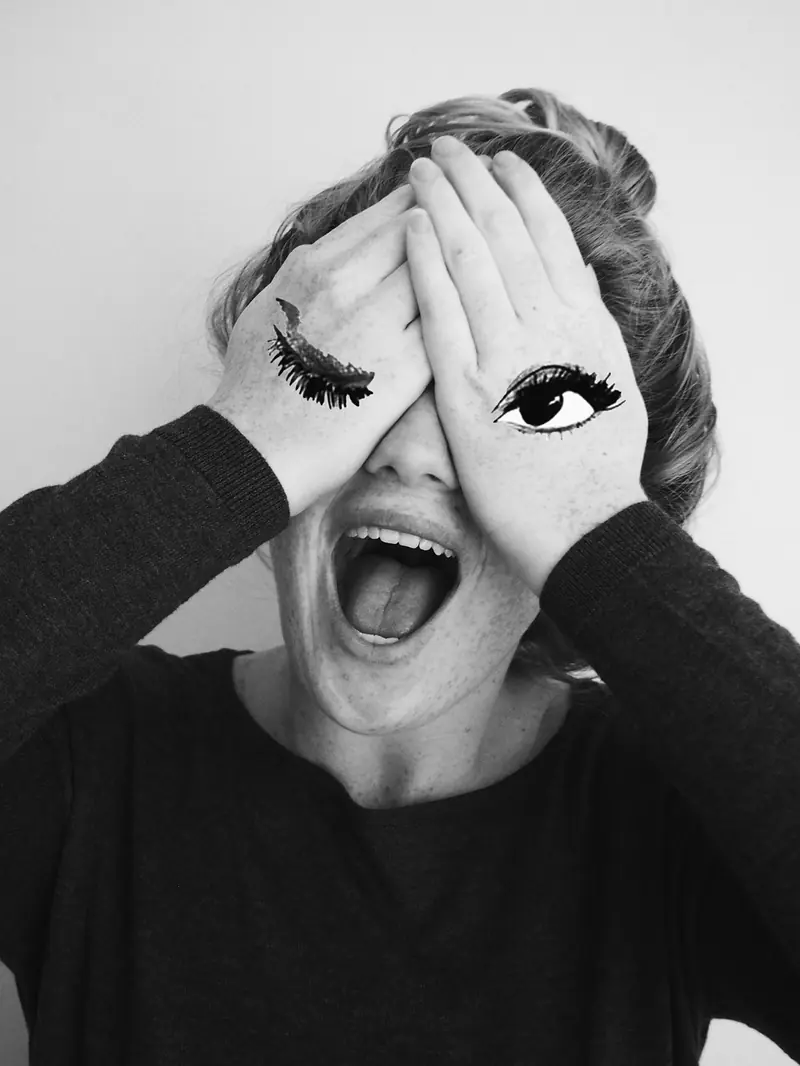
Personal Choice
According to scientific studies, appropriate makeup enhances a woman’s attractiveness and increases the perception of her competence and reliability by others. Experts from Harvard University have concluded that cultural shifts have changed the very perception of the purpose of cosmetics. Whereas previously the motivation for women’s beautification was to “please men,” now it is primarily their “personal choice.” Today, cosmetics serve as an effective “career tool” and a necessary “accessory.” In many workplaces, the use of cosmetics is stipulated in job descriptions: for instance, pharmacists working in drug manufacturing are not allowed to wear mascara or lipstick at all, while staff in retail, flight attendants, diplomatic translators, and office managers are required to wear makeup as per protocol or internal regulations.
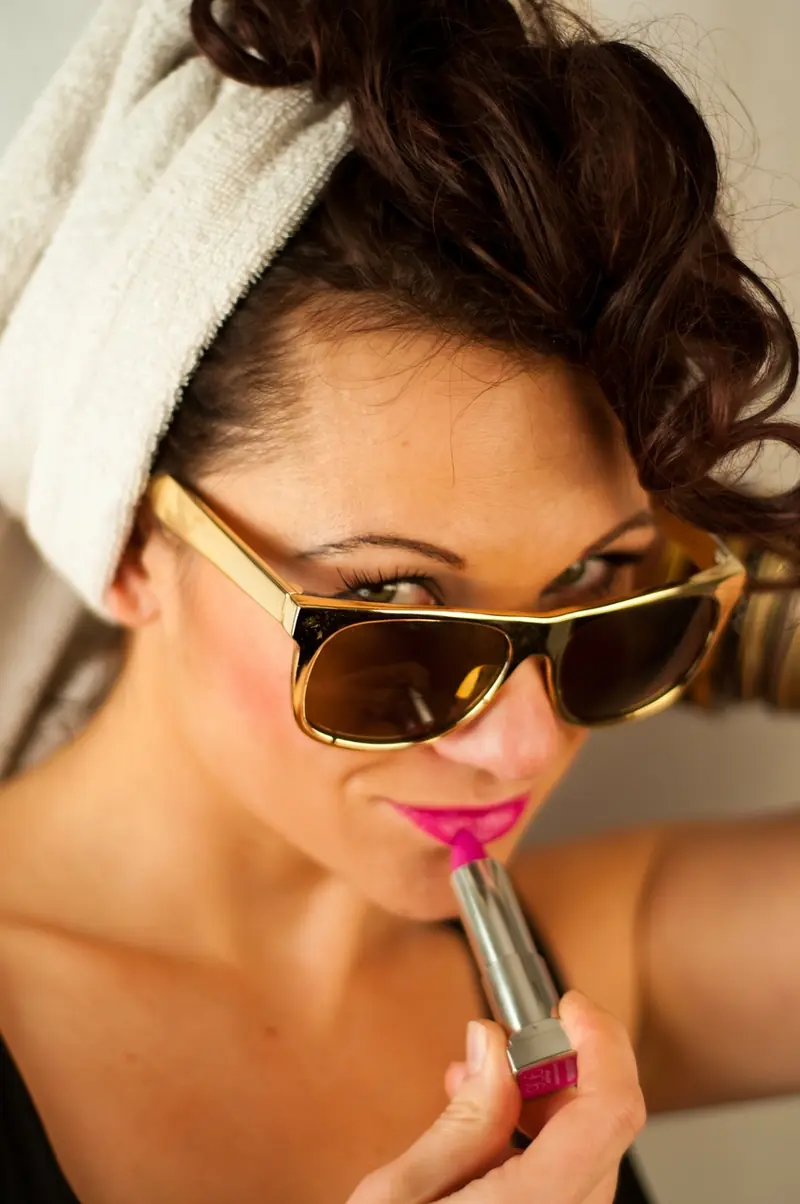
Researchers have found that women with appropriate makeup appear intelligent and responsible to others, as maintaining a good appearance is a sign of self-discipline. However, a female professor rightly criticizes the “beauty bias” and demands that her professional value be judged by her knowledge rather than her lipstick color. In any case, every woman should understand that with makeup, she can appear more approachable in the eyes of those who assess her based on first impressions. Cosmetics can create the necessary image, endearing the wearer to those for whom such information is intended. And this “manipulation” is entirely under our control, execution, and oversight. If beauty truly saves the world, then it is the makeup artist who will save beauty.

